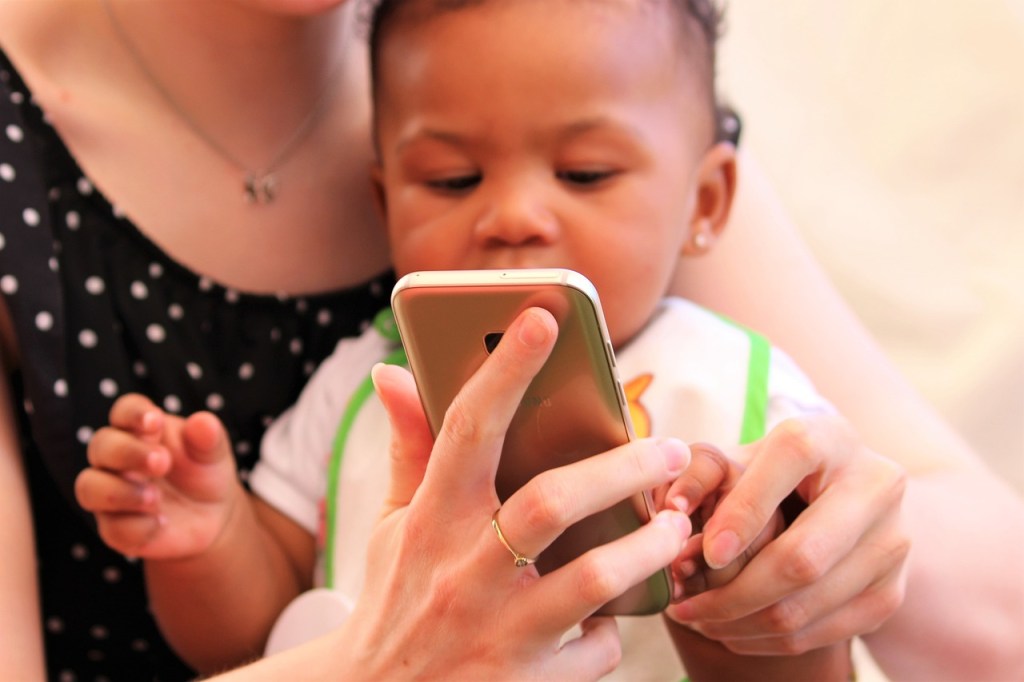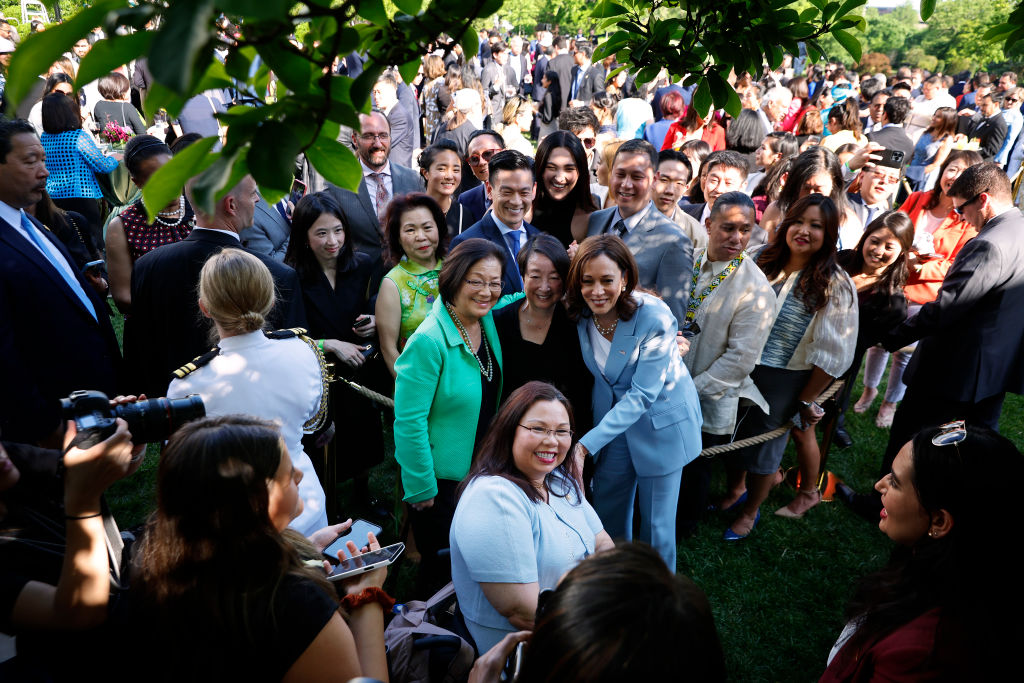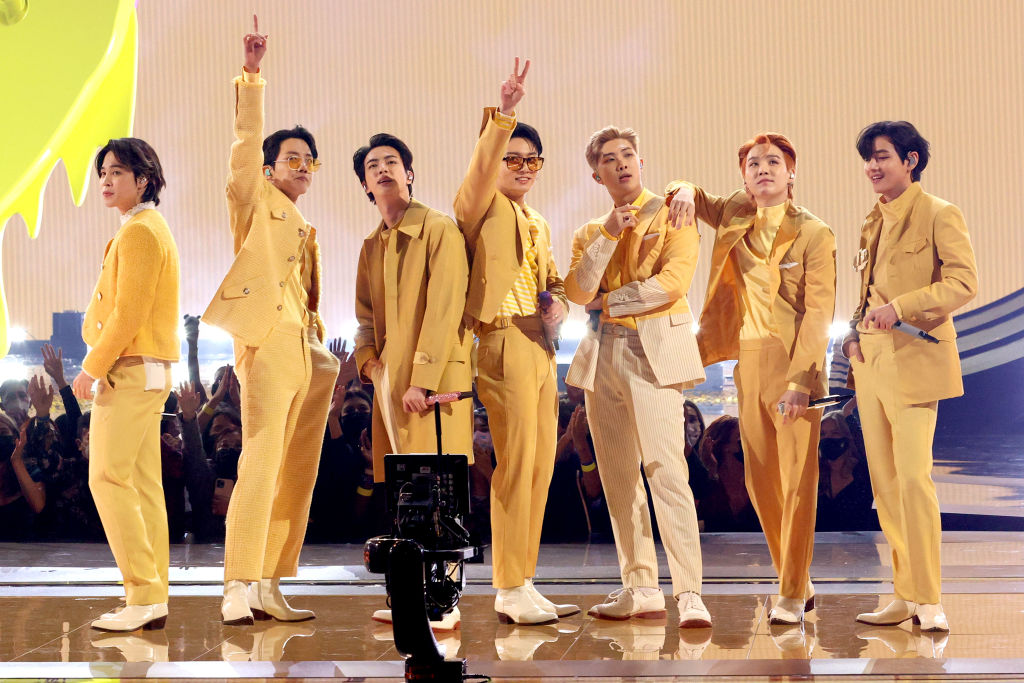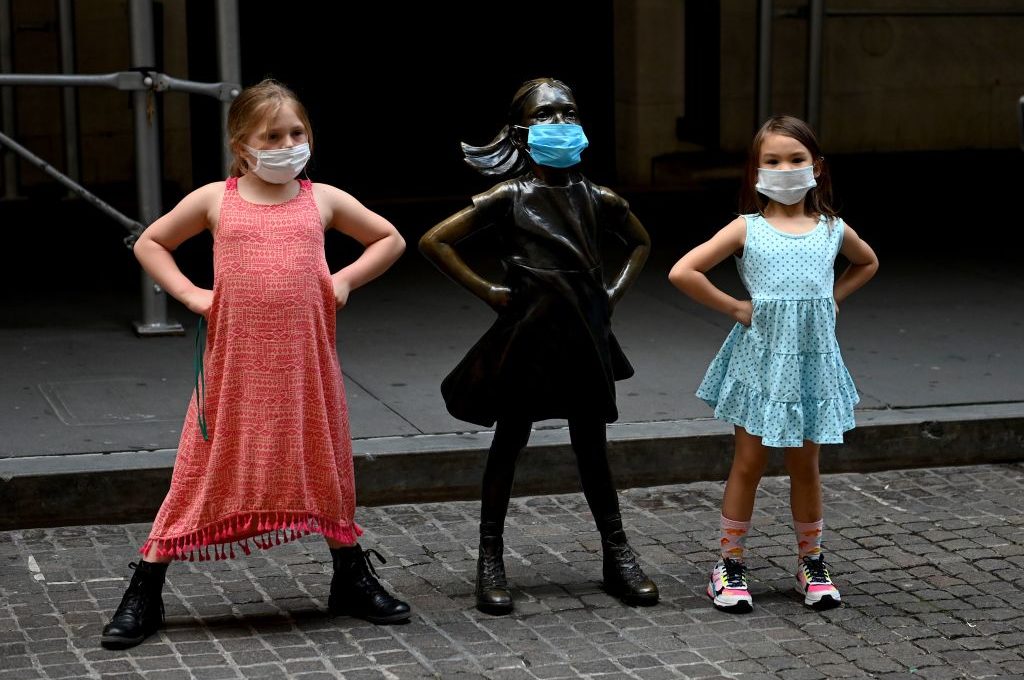What would it do to the credibility of the American Heart Association to accept a sponsorship deal with McDonald’s to give nutritional advice? What about the American Lung Association taking cash from a tobacco company to talk about healthy habits? It sounds far-fetched, but that’s exactly what the American Academy of Pediatrics just did.
Healthy Children, the official parenting website of the American Academy of Pediatrics, has sent out a few tweets that read: “Are you considering a cell phone for your child? What age is the right age? Find out by answering ten short questions.” The link is a co-branded campaign between Healthy Children and the cell phone company AT&T. AT&T’s page on “digital parenting” describes its mission, “Parenting in the digital age brings new challenges. Use the expert tips and tools below to create the online and entertainment experience that is right for your family.”
The ten short questions posed by AT&T to parents to determine their child’s “screen readiness,” ready to have their own cell phone, are co-branded between AT&T and the American Academy of Pediatrics. They explained the survey was “developed by pediatricians from the American Academy of Pediatrics and AT&T — [and] can help you decide if you and your child are PhoneReady.”
I took the survey with my six-year-old son in mind; they don’t know he’s six years old, because they never ask the age of the child being surveyed. I answered every question regarding how responsible he is with his backpack or impulses with the response “sometimes,” except one question asking, “How often does your child follow rules about other media in the home such as limits on TV, tablets or video games?” On that question, I replied “every once in a while.” And what do you know? AT&T believes my child is “PhoneReady.”
It goes without saying that AT&T has a financial incentive to put a phone into his hands. Giving young children and teenagers phones expands their customer base with a population that is more likely to have to replace their phones more frequently than adults, thanks to their rough handling of technology (and everything else), and their propensity to lose… everything.
The bigger question is: what is AAP’s incentive to partner with AT&T like this? The answer is, obviously, money. This isn’t the first time the AAP has made a financial sponsorship agreement; they also work with Google, formula parent company Abbott, Amazon, Buy Buy Baby and the toy company Melissa & Doug, to name a few. This appears to be the most blatantly ill-advised partnership the association has ever formed.
How are parents (and physicians, for that matter) to discern how to navigate the digital landscape best? In July 2020, the AAP publication Pediatrics published a policy statement on digital advertising to children. The lead author, Jenny Radesky, is a paid consultant for the screen-free toy company Melissa & Doug. One section warns about “sponsored content” and explains:
User-created content on social media platforms and video-streaming services (e.g., TikTok, YouTube) frequently involves commercial content and marketing messages. Examples include the highly popular unboxing and toy-play videos as well as influencers reviewing or using products with sponsorship from companies. Child advocacy groups have highlighted the large amount of child-directed influencer marketing, often undisclosed, which is not allowed on children’s television (ie, “host selling,” using stars of a television program in commercials airing during that program) because it is harder for children to identify or resist.
How might parents choose a healthy path forward for their children and their family as a whole? Among the recommendations:
Create a family media use plan that intentionally uses high-quality media content that has as few ads as possible, limits data collection, and encourages discussion about privacy (helpful resource found here).
That media plan’s corporate sponsor: AT&T. The tangled web of conflicts of interest is more than any average parent can possibly unravel.
One frustrated pediatrician (who is unable to give public comment to the media) told me, “I gave up my AAP membership a few years back because I felt they were not looking out for the interests of children; they are looking out for their own interests… [It makes me question] who else they partner with and how that money affects the guidelines they put out. There’s nobody else who is putting out guidelines for kids that people listen to. They are really a powerhouse.”
The evidence regarding the effects of social media and cell phone usage is becoming clearer by the day. The Canadian Medical Association Journal, for example, released a paper in 2020 that explained, “Evidence from a variety of cross-sectional, longitudinal and empirical studies implicate smartphone and social media use in the increase in mental distress, self-injurious behavior and suicidality among youth; there is a dose-response relationship, and the effects appear to be greatest among girls.”
One question the paper addresses is, “How might physicians use this evidence to inform their practice?” The answer: “The American Academy of Pediatrics provides a number of useful health and safety tips to support youth regarding the use of social media, as well as a Family Media Use Plan that offers structure to the recommendations related to limiting use and having discussions regarding appropriate use.” Yes, they point back to that media plan, the one sponsored by AT&T.
Therein lies the problem; we know that cell phones and children and teens simply do not mix, and that parents need experts to help them navigate this potentially treacherous landscape. Unfortunately, those experts are collecting paychecks from companies with a strong financial incentive to keep our kids wired.






















